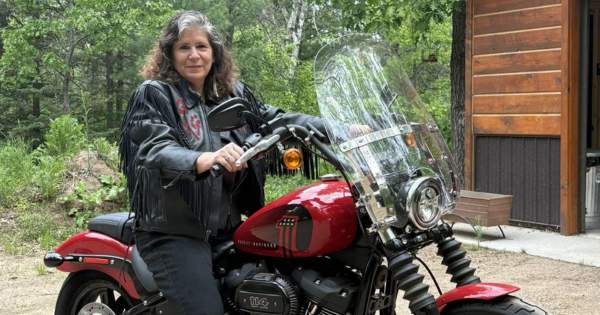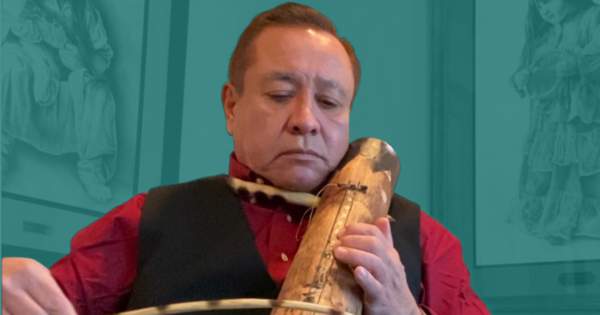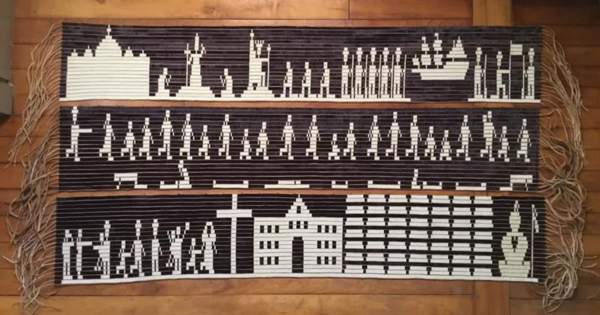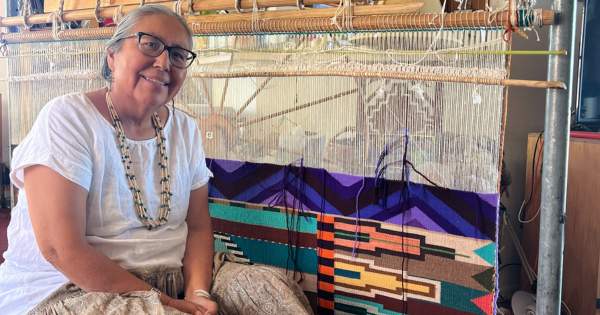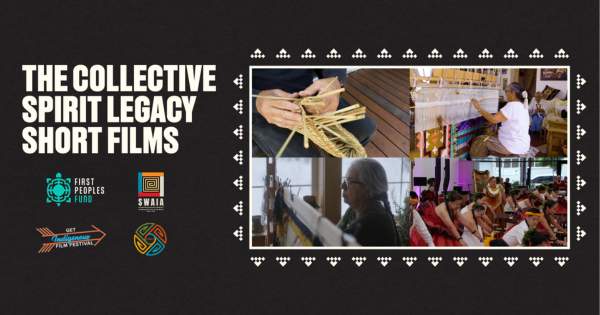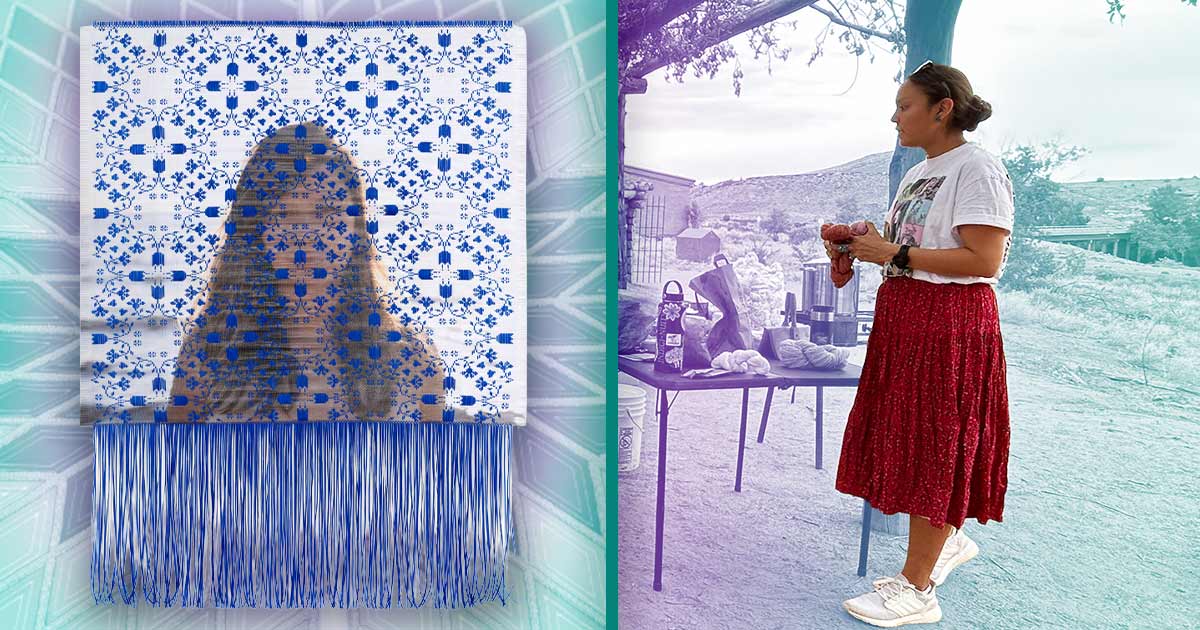
Empowering Indigenous Voices
In commemorating Indigenous creativity and cultural preservation, we proudly present this month’s latest highlight of Cultural Capital (CC) and Artist in Business Leadership (ABL) fellows.
The following artists represent how Indigenous creativity thrives through each fellow participating in our fellowships. These creatives come from diverse backgrounds and artistic fields, each embodying a deep passion for their craft and community.
Artist in Business Leadership
George Alexander, an ABL Fellow from the Muscogee (Creek) Nation, graduated with a Bachelor of Fine Arts in 2015. Mentored by Tony Abeyta – a renowned Diné artist most well known for mixed media paintings and oil landscapes of the American southwest – George explored the business side of art. Following a Master’s degree in Studio Arts from the Studio Art College International in Florence, Italy, he opened Ofuskie Fine Art Studio in Sante Fe in 2021, where he continues his refinement of various art mediums such as printmaking and stickers alongside his paintings.
“This is my first actual fellowship… I'm not sure what to expect, but I know that whatever it will be, it's going to be exciting. And whatever doors open up after this will probably be because of my involvement with this fellowship,” George said.
“This is my first actual fellowship… I'm not sure what to expect, but I know that whatever it will be, it's going to be exciting. And whatever doors open up after this will probably be because of my involvement with this fellowship,” George said.
With his studio in central Santa Fe, New Mexico, George wants to create an accessible space for other artists to share resources and collaborate. He offers opportunities for artists to showcase their work and hosts open studios without taking commission, allowing artists to keep 100% of the proceeds from their sales.
“It becomes a nice little access point for other artists to utilize whatever I have. This is why I think it's important that I try to open up my resources, which aren't big resources by any means. But the capability of sharing the equipment that I have [is} essential to how I interact with my community,” George said.
“It becomes a nice little access point for other artists to utilize whatever I have. This is why I think it's important that I try to open up my resources, which aren't big resources by any means. But the capability of sharing the equipment that I have [is} essential to how I interact with my community,” George said.
Robert Yellowhawk, another ABL Fellow from the Cheyenne River Sioux Tribe, was raised with a strong connection to Lakota culture through performing dances. He has dedicated himself to serving Indigenous youth through different roles, including mentoring and suicide prevention programming.
“Receiving grants made me want to apply for more opportunities like this. If I can inspire people or the youth who are interested in doing similar work, that's satisfying to me,” Robert said.
“Receiving grants made me want to apply for more opportunities like this. If I can inspire people or the youth who are interested in doing similar work, that's satisfying to me,” Robert said.
Now serving as a business manager for Rural America Initiatives, Robert continues to advocate for cultural preservation and empowerment. He engages in traditional dance performances and educational tours to promote pride and knowledge in future generations and to bridge the gap between Indigenous and non-Indigenous communities.
“I feel inspired to continue what I'm doing and to inspire others to apply for great opportunities like this one. It’s also something to add to [my] resume, and if I can professionally represent supporting organizations, that's always a plus,” Robert said.
“I feel inspired to continue what I'm doing and to inspire others to apply for great opportunities like this one. It’s also something to add to [my] resume, and if I can professionally represent supporting organizations, that's always a plus,” Robert said.
Cultural Capital
Carrie Paton, a CC Fellow from the Bristol Bay Native Corporation and Tribal Village of Manokotak in Alaska, brings the art of music and language translation to her Yup’ik community. As the director of the Yup’ik choir in Anchorage, she leads performances at different events and has recorded multiple CDs featuring Yup’ik songs.
“One of my dreams was to make songbooks from translated songs; it has been my therapy. There are some personal issues I’m going through, and hymnals keep me motivated because there's a lot of comfort in the songs,” Carrie said.
“One of my dreams was to make songbooks from translated songs; it has been my therapy. There are some personal issues I’m going through, and hymnals keep me motivated because there's a lot of comfort in the songs,” Carrie said.
She recognizes a decline in fluency among younger generations and emphasizes the importance of using media such as CDs to keep the Yup’ik language alive. As someone who speaks fluently, Carrie is passionate about ensuring that future generations can access their culture through language preservation.
“I'm one of the cultural bearers trying to keep our language alive. And I'm doing it by publishing songbooks in Yup’ik and English so that the younger generation who don't speak Yup’ik fluently know what they see with the English version next to it,” Carrie said.
“I'm one of the cultural bearers trying to keep our language alive. And I'm doing it by publishing songbooks in Yup’ik and English so that the younger generation who don't speak Yup’ik fluently know what they see with the English version next to it,” Carrie said.
As we celebrate George, Robert, Carrie, and their fellow cohort's addition to First Peoples Fund, we recognize the importance of uplifting Indigenous artists in their passion for creative cultural preservation. Through these fellowships, we continue to advocate for the voices and visions of indigenous artists, empowering them to thrive and share their gifts.

